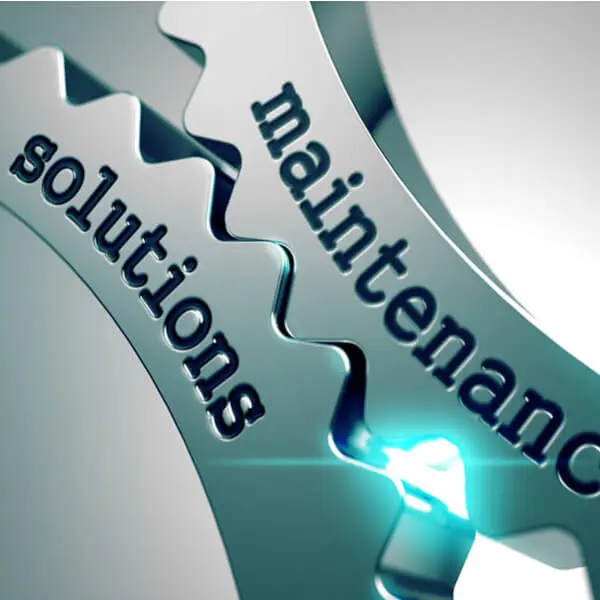
Exploring the Advantages and Applications of Dual Table Fiber Cutting Machines in Modern Manufacturing Processes
In recent years, the manufacturing industry has experienced significant advancements in technology, particularly with the advent of fiber laser cutting machines. Among these innovations, the dual table fiber cutting machine has emerged as a game-changer, providing enhanced efficiency, precision, and versatility in metal fabrication. As industries increasingly seek to optimize production processes and reduce lead times, understanding the capabilities and benefits of dual table fiber cutting machines becomes vital for businesses looking to maintain a competitive edge.

Exploring the Advantages and Applications of Dual Table Fiber Cutting Machines in Modern Manufacturing Processes
A dual table fiber cutting machine is designed to streamline the cutting process by utilizing two independent worktables that can operate simultaneously. This configuration enables operators to load and unload materials on one table while the other table is actively cutting, significantly reducing downtime. Traditional single-table machines require halting the cutting process to switch out materials, which can lead to inefficiencies and longer lead times. By contrast, the dual table feature allows for continuous operation, maximizing productivity and minimizing idle time.
One of the primary advantages of dual table fiber cutting machines is their ability to handle a wide variety of materials. These machines can cut through various metals, including steel, aluminum, brass, and copper, making them suitable for a broad spectrum of applications. Whether in automotive manufacturing, aerospace engineering, or the production of custom metal components, the dual table setup offers flexibility that single-table machines cannot match. This versatility is particularly beneficial for manufacturers that deal with diverse project requirements, as they can seamlessly transition between different jobs without the need for extensive machine adjustments.
Precision is another critical feature of dual table fiber cutting machines. The ability to produce clean, intricate cuts is essential in industries such as aerospace and electronics, where tolerances are often very tight. Fiber laser technology boasts a finer beam quality compared to older technologies like CO2 lasers, resulting in superior cutting accuracy. Additionally, the dual table system allows for repetitive tasks to be completed with uniformity and reliability, further enhancing the quality of the finished products.
Moreover, the operational speed of dual table fiber cutting machines significantly impacts overall manufacturing efficiency. Modern fiber lasers can cut at high speeds, and the dual setup enhances this capability by ensuring that there is no delay between loading and cutting. This feature is particularly advantageous for high-volume production runs, where the ability to quickly transition between phases can lead to substantial time savings. The faster cycle times not only improve throughput but also reduce labor costs, as fewer operators are required to manage the process.
Cost efficiency is another compelling reason to consider dual table fiber cutting machines. While the initial investment may be higher than that of single-table machines, the long-term savings often outweigh these costs. The combination of reduced labor costs, minimized downtime, and enhanced material yields contributes to a lower cost per component, ultimately improving the overall profitability of manufacturing operations. Furthermore, the reliability and longevity of fiber laser technology typically lead to lower maintenance costs, as these machines require fewer parts and generate less wear and tear over time.

Exploring the Advantages and Applications of Dual Table Fiber Cutting Machines in Modern Manufacturing Processes
In terms of applications, dual table fiber cutting machines are versatile enough to be used across a variety of sectors. For instance, in the automotive industry, they can be employed to create intricate parts such as brackets, chassis components, and specialized tooling. In the architectural sector, these machines can produce custom metal façade elements, railings, and decorative features with precision and creativity. The electronics industry also benefits from the fine cutting capabilities, often using these machines to manufacture complex components for devices and circuit boards.
In summary, the dual table fiber cutting machine represents a significant advancement in the field of manufacturing technology. By enabling simultaneous operation, enhancing precision, and providing versatility across various applications, these machines are effectively transforming production lines. As industries confront increasing demands for efficiency and precision, adopting dual table fiber cutting machines may prove to be a strategic move that not only meets the evolving needs of modern manufacturing but also drives future growth and innovation. Investing in this technology could very well position businesses at the forefront of their respective markets, paving the way for success in a competitive landscape. Aluminum Circle Cutting Machine
